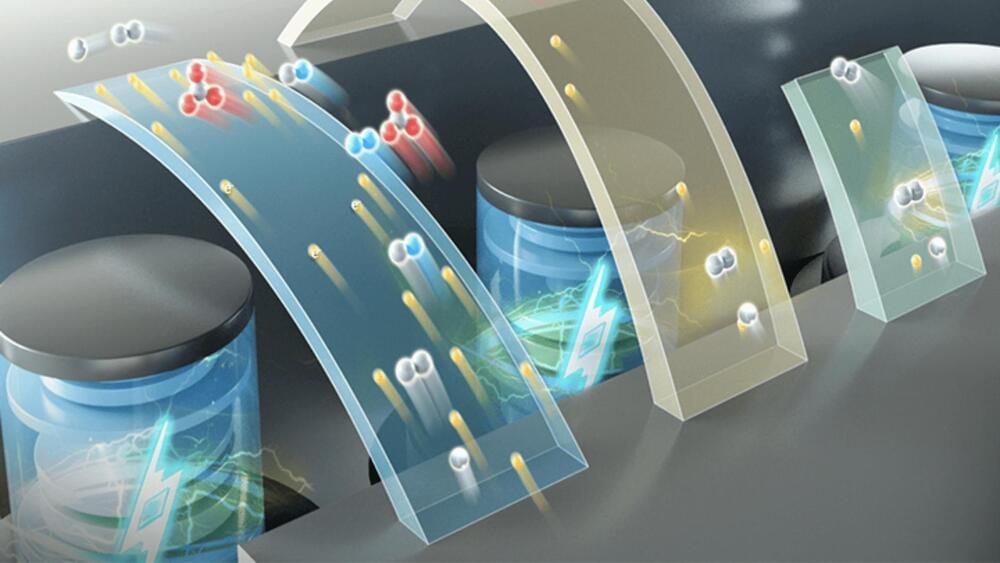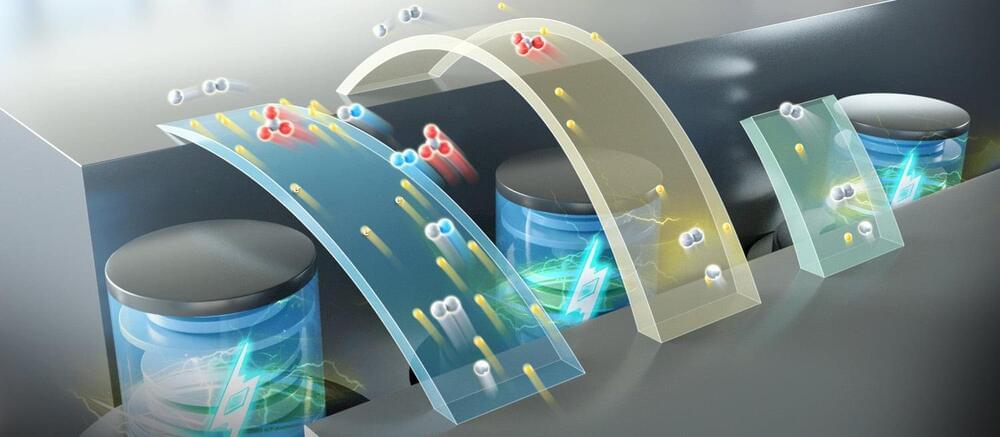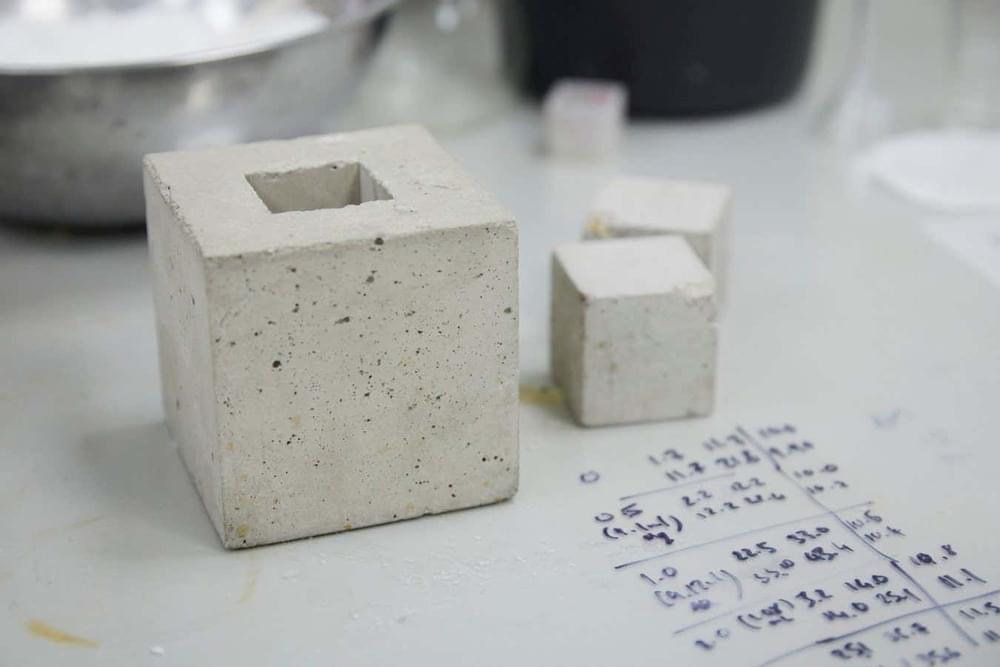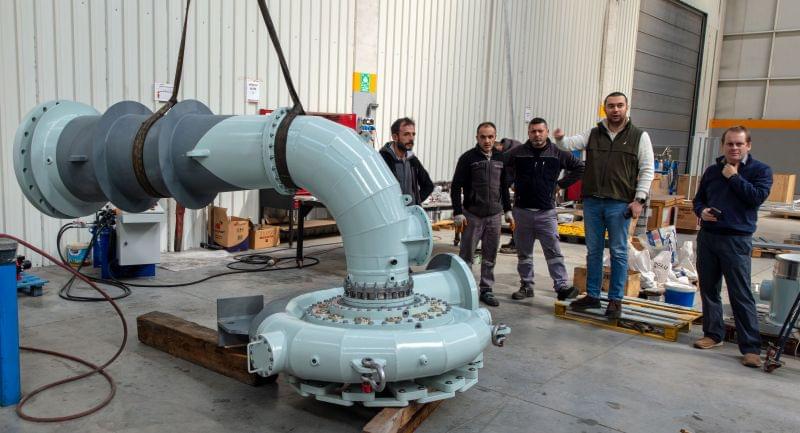May 7, 2024
China’s new water-based battery can revolutionize EVs
Posted by Gemechu Taye in categories: energy, sustainability, transportation
Researchers in China have developed a water-based battery, which is claimed to be much safer and energy-efficient than “highly flammable” non-aqueous lithium batteries.
Interestingly, the researchers say that these new batteries will be twice as energy-dense as traditional lithium-ion options. This holds the potential to revolutionize the electric vehicle industry.
Moreover, aqueous batteries use water as the solvent for electrolytes, enhancing their safety. Traditional non-aqueous lithium-ion batteries have a high energy density, but their safety is compromised due to the flammable organic electrolytes, a component that allows the battery to charge and discharge, they utilize.


















